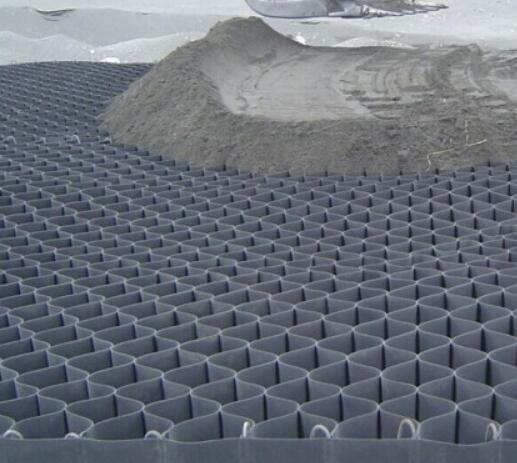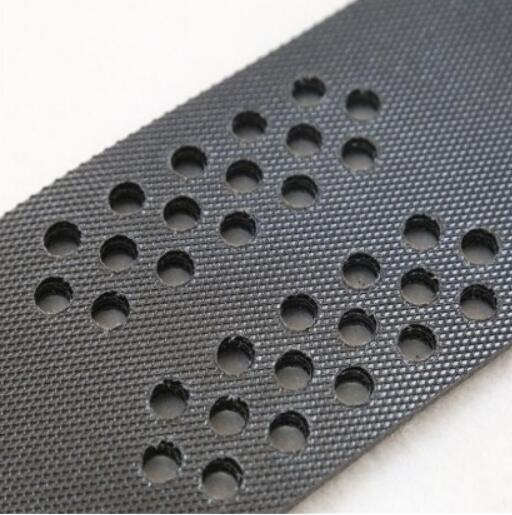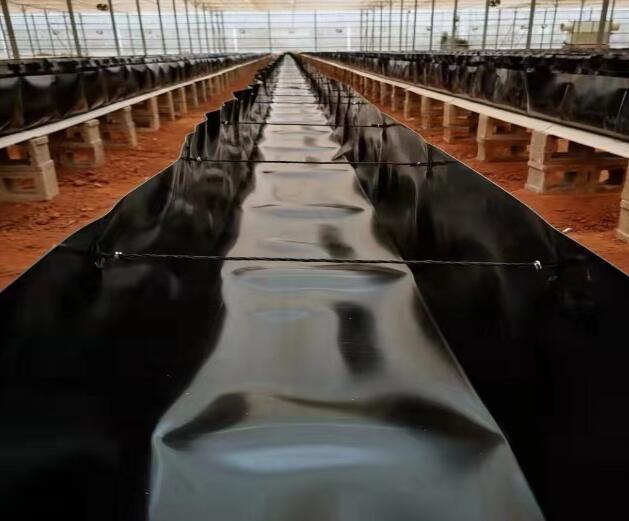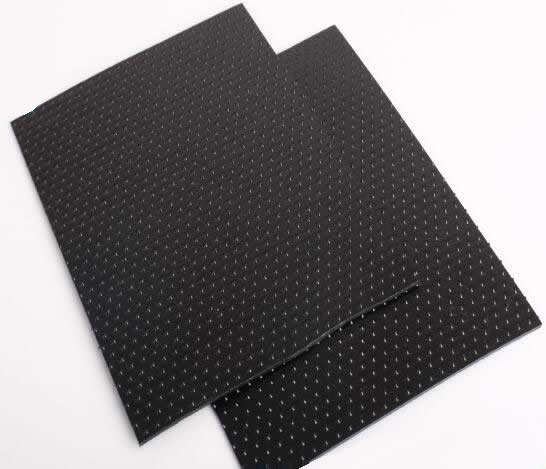- Understanding the Role of Geomembrane Liners in Waste Management
- Innovations in Geomembrane Liners for Water Management
- Geomembrane Liners: A Comprehensive Guide
- The Future of Geomembrane Liners in Civil Engineering
- Geomembrane Liners: Enhancing Landfill Stability
Manager:Alvin Wang
WhatsApp:+62 8983806051
Tel:+86 10-5797-1075
Email:steelwang@okorder.com
Address:3rd Floor, No.2 Building, No.1 Sanlihe Road
Is geotextile breathable?
Geotextiles have become a must-have in various building and engineering works, offering solutions to soil erosion, soil stabilization, drainage systems among other things. Of the many types of geotextiles available in the market, polyester geotextiles are preferred due to their long life span and cost effectiveness. This paper is thus dedicated to unraveling if geotextile is breathable.

Comprehending Wholesale Geotextile
Wholesale geotextile procurement is becoming increasingly popular within the construction industry as a result of its cost benefits as well as bulk purchase benefits. For wholesale geotextiles, contractors and project managers look for materials that can perform best without any compromise on quality. In most cases, all these are seen through the use of polyester geotextiles that are famous for being strong and tough. These are multi-purpose textiles involved in soil separation and reinforcement filtration and drainage among others making them key features of big construction projects.
Polyester Geotextiles Are Versatile
This versatility has led polyester geotextiles to be used in a wide variety of applications since ages past. Their inherent strength, resistance to environmental stressors, excellent filtration properties make them ideal for diverse prokects from road construction to beach nourishment. On the other hand, some people believe that using polyester-based variants may provide long-lasting protection against erosion by waters and weather while stabilizing embankments or slopes when applied during slope protection application using geosynthetics. Conversely, permeability aids efficient water drainage hence no hydrostatic pressure builds up behind retaining structures enabling lasting stability.
Improving Drainage Efficiency in Geosynthetic Slope
In many civil engineering projects particularly those prone to land movement and erosion processes slope stability has been an important component which cannot be overlooked at all costs. Polyester just like other types of fabrics plays an integral role towards the reinforcement of slopes, mitigation of soil displacement and retaining the integrity of cutting and embankment. Filament geotextile fabrics, interlocking with soil particles and distributing applied loads provide structural support that lessens slope failures due to erosion. This pre-emptive approach towards slope stabilization enhances safety while extending the lifespan of infrastructure projects and leading to significant cost savings over time.
Geotextile Breathability in Scientific Terms
Breathable as used in geotextiles refers to their capability of allowing air and moisture through the fabric structure. Some are manufactured to have high water permeability in order to facilitate drainage or airflow, while others are made waterproof so that they cannot pass any contaminants through or maintain hydraulic barriers. In wholesale geotextile applications therefore polyester’s breathability becomes an important consideration especially where proper drainage is desired for huge quantities of soil aeration. Due to this feature, these breathable textiles assist in improving soil fertility by reducing chances of water logging hence availing good conditions for plant life.
Maximizing on Filament Geotextile Performance
However when strength and elongation are required, filament geotextiles outperform in tough construction environments such as roads only if laid down properly. Whether it is for use in geosynthetic slope protection systems or as base reinforcement beneath roadways; it is difficult to beat the durability and load bearing capacity offered by filament geotextiles. This feature also contributes significantly towards enhancing their performance during rainy weather since it allows water flow and prevents blockage thus maintaining function in adverse climatic conditions.
Striking a Balance between Permeability versus Filtration
Among geotextiles used for slope stabilization and erosion control, striking a balance between permeability and filtration is elemental. Polyester geotextiles are well balanced in terms of this aspect, with enough space to drain water yet keep the soil particles intact. This function saves soils from eroding away as well as preventing embankments and retainer walls from breaking that can cause destruction to infrastructure during hydraulic and mechanical actions. Wholesale geotextile solutions help contractors address varied problems with ease.
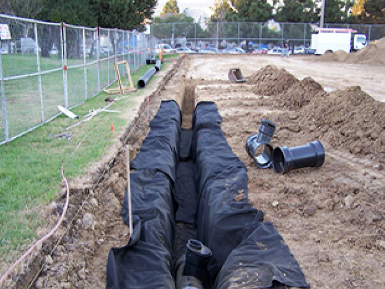
Conclusion
In conclusion the question “Is geotextile breathable?” has several aspects including material composition, design specifications, and intended applications. Among wholesale procurement of geotextiles, polyester-based products stand out due to their many uses in addressing cases of slope stability, drainage management, erosion resistance among others (Mangione 115). The inherent breathability and filtration capacity of polyester geotextiles can be maximized by construction personnel to improve durability while minimizing environmental impacts associated with such projects. Therefore, one cannot underestimate the importance of breathable geotextiles for sustainable infrastructure due to the growing demand for resilient solutions."
- Previous:Is geotextile a plastic?
- Next:Does water drain through geotextile?


